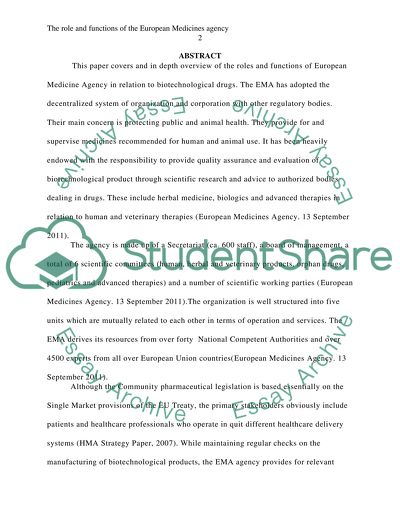Cite this document
(“Review the role and functions of the European Medicines agency (EMA) Essay”, n.d.)
Retrieved from https://studentshare.org/biology/1639977-review-the-role-and-functions-of-the-european-medicines-agency-ema-in-the-context-of-biotechnology-drugs
Retrieved from https://studentshare.org/biology/1639977-review-the-role-and-functions-of-the-european-medicines-agency-ema-in-the-context-of-biotechnology-drugs
(Review the Role and Functions of the European Medicines Agency (EMA) Essay)
https://studentshare.org/biology/1639977-review-the-role-and-functions-of-the-european-medicines-agency-ema-in-the-context-of-biotechnology-drugs.
https://studentshare.org/biology/1639977-review-the-role-and-functions-of-the-european-medicines-agency-ema-in-the-context-of-biotechnology-drugs.
“Review the Role and Functions of the European Medicines Agency (EMA) Essay”, n.d. https://studentshare.org/biology/1639977-review-the-role-and-functions-of-the-european-medicines-agency-ema-in-the-context-of-biotechnology-drugs.


